The Damned Don’t Cry/1950/Warner Bros./103 min.
In “The Damned Don’t Cry,” which is full of sharp dialogue, this line cuts to the chase. Jacqueline DeWit asks Joan Crawford: “What else do we got to sell but a face and figure? And anyone who can make a peplum move like you do don’t need anything else.”
DeWit’s Sandra, a model by day and escort by night, briefly takes Crawford’s character, Ethel Whitehead, under her wing as Ethel learns to fend for herself in New York City. But, in addition to her modeling ability, Ethel has brains and ambition in spades and she soon surpasses Sandra to become the ultimate hard-as-nails femme fatale in this classic Crawford film noir.
Like many femmes fatales, Ethel has humble roots. A downtrodden housewife with a cranky husband (Richard Egan), she eventually rises to the top of a national crime syndicate and lives the high life – travel, the best restaurants, a great apartment, a closet full of swanky clothes. Key to her climb is cultivating contacts such as mild-mannered accountant Martin Blackford (Kent Smith). Ethel is impressed by the letters CPA after his name, even though she’s not quite sure what they mean.
Martin helps her gain entry into the world of tough but urbane George Castleman (David Brian), the leader of the syndicate. “I like men with brains,” Ethel tells George. Finding him far more impressive than number-crunching Marty, she shows up at his office the next day, proves she’s as gutsy as he is and gets a job with his racket. Never one to think twice about mixing business and pleasure, Ethel seals the deal with a kiss.
A quick study, Ethel devotes herself to the syndicate, then takes on a new identity. With polished and distinguished Patricia Longworth (Selena Royle) guiding her, Ethel transforms herself into wealthy socialite Lorna Hansen Forbes. It’s Ethel’s equivalent of an MBA.
But her toughest assignment is when George asks her for some due diligence on gangster Nick Prenta (Steve Cochran). Despite her new name, old habits die hard and Ethel/Lorna falls for Prenta. Naturally, it’s only a matter of time before George susses her out and decides to set things straight.
With its A-list performances, crackling script, crisp pace and striking cinematography by Ted McCord, “The Damned Don’t Cry,” is an ideal noir vehicle for Crawford. The movie is based on an original story by Gertrude Walker; Harold Medford and novelist Jerome Weidman and wrote the script. Also fodder for the story was the real-life affair of Virginia Hill and gangster Bugsy Siegel. The title comes from a line in “Mourning Becomes Electra” by Eugene O’Neill. [Read more…]
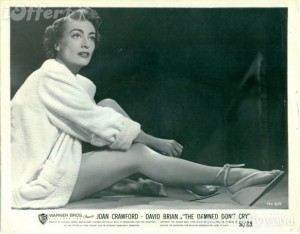





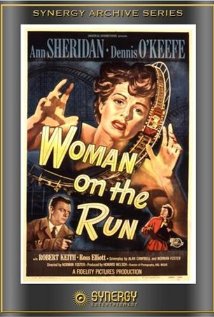
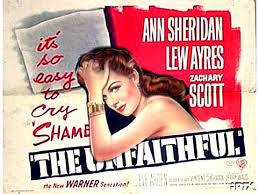
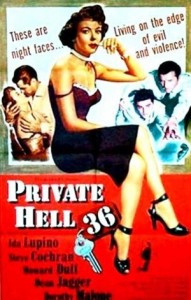
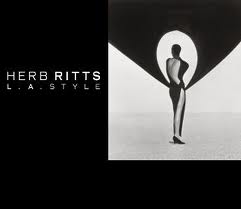
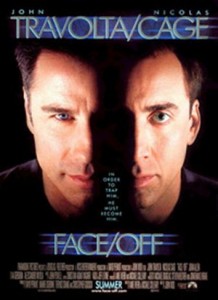
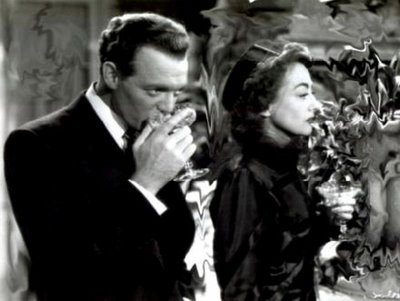
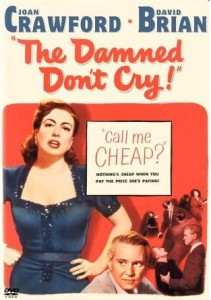
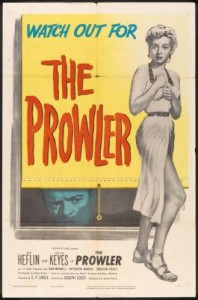
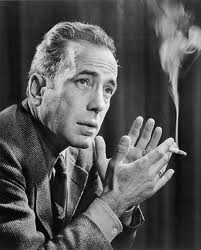
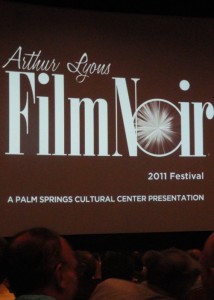
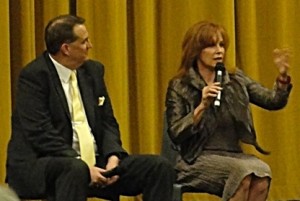
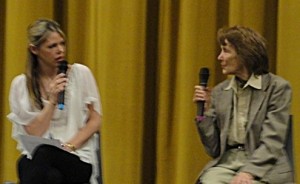
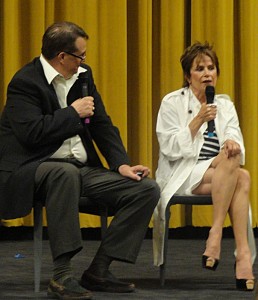
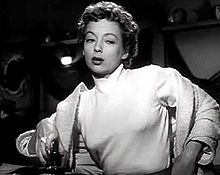
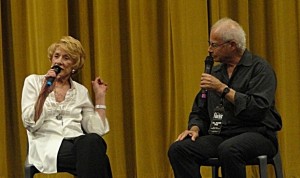
![220px-Loophole[1]](http://www.filmnoirblonde.com/wp-content/uploads/2011/05/220px-Loophole11-196x300.jpg)

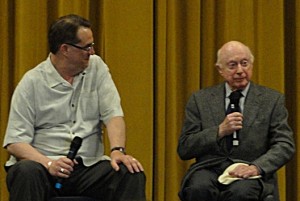
![220px-DamnedDontCry[1]](http://www.filmnoirblonde.com/wp-content/uploads/2011/05/220px-DamnedDontCry11-210x300.jpg)
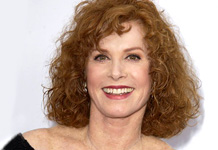





From FNB readers